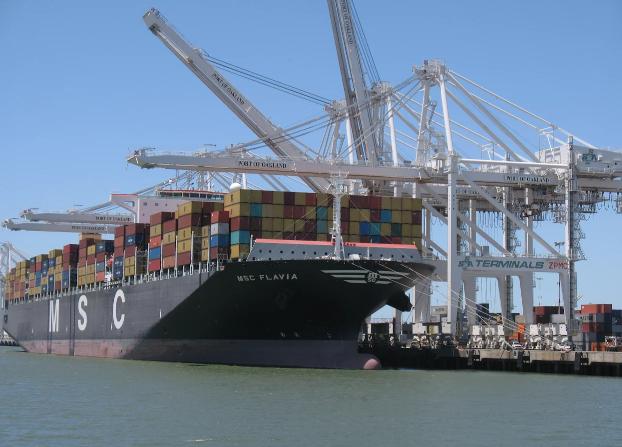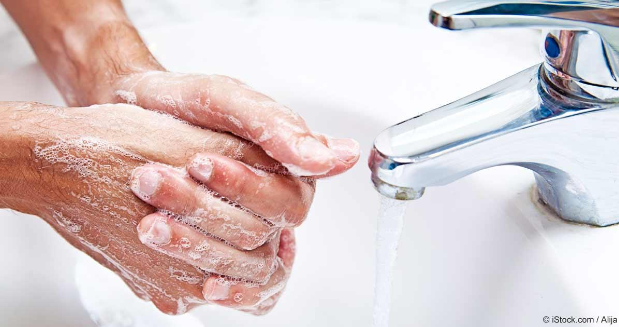A recent ruling by the U.S. Food and Drug Administration (FDA) and a global treaty signed earlier this month will significantly advance the completion of CCMP actions on invasive species and emerging contaminants.
Action 25, Task 25-2
Support the continuation and evaluate the effectiveness of the regional education program aimed at reducing or eliminating the use of triclosan and triclocarban. Evaluate tools, such as non-purchase agreements, ordinances, or inclusion as a priority product by the California Department of Toxic Substances Control, to reduce personal care products containing triclosan or triclocarban.
On September 2, the U.S. FDA ruled that antibacterial soaps containing triclosan and triclocarban can no longer be marketed in the U.S. Triclosan and triclocarban are commonly found in many household personal care products including hand and body washes, toothpaste, deodorants, and shoe insoles. These chemicals have been touted for their antibacterial properties but have not been proven safe for long-term daily use, nor have they been shown to be more effective than regular soap and water at deterring illness and bacterial infection. Yet they are known to be toxic to aquatic life, and cannot be completely removed by wastewater treatment, meaning that treated wastewater discharged to the Bay and other receiving bodies contains remnants of these chemicals.
The use of triclosan and triclocarban have been phased out by some manufacturers, but the passage of this ruling means that the presence of triclosan and triclocarban in most personal care products is likely to decline, reducing the need for non-purchase agreements and ordinances. San Francisco Estuary Partnership will continue to work with regional partners to support education of the hazards of these chemicals in remaining products.
Action 9, Task 9-1
Expand and improve invasive species prevention programs. Actions may include developing new or expanding existing policies and programs, conducting outreach, and working with existing bodies to identify priority activities. Coordinate and streamline programs throughout the western region and identify priority activities.

On September 8, Finland joined the International Convention for the Control and Management of Ships’ Ballast Water and Sediments (BWM Convention), triggering a global treaty on the management of ballast water for invasive aquatic species. The Ballast Water Management Convention will require all ships in international trade to manage their ballast water and sediments to certain standards, and will go into effect one year after ratification. Although not exactly aligned with current Ballast Water Management Programs in the U.S., the BWM Convention still represents a positive step forward in reducing the global spread of invasive species via ballast water and creates a stronger international market for ballast water treatment systems. The development and expansion of invasive species prevention programs, as called for in CCMP Task 9-1, will be assisted by the establishment of these international standards.
“These agreements on the international and national stage really reflect the relevancy of the new CCMP as our Estuary Blueprint,” says San Francisco Estuary Partnership Executive Director Caitlin Sweeney. “We are gratified that these broader events will increase the effectiveness of our work at the regional level.”
Written by Darcie Luce
